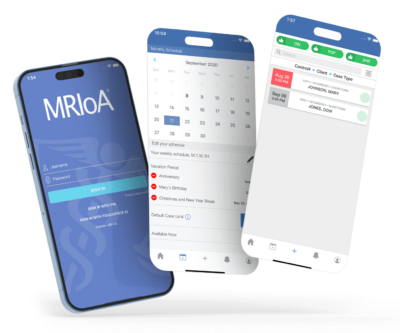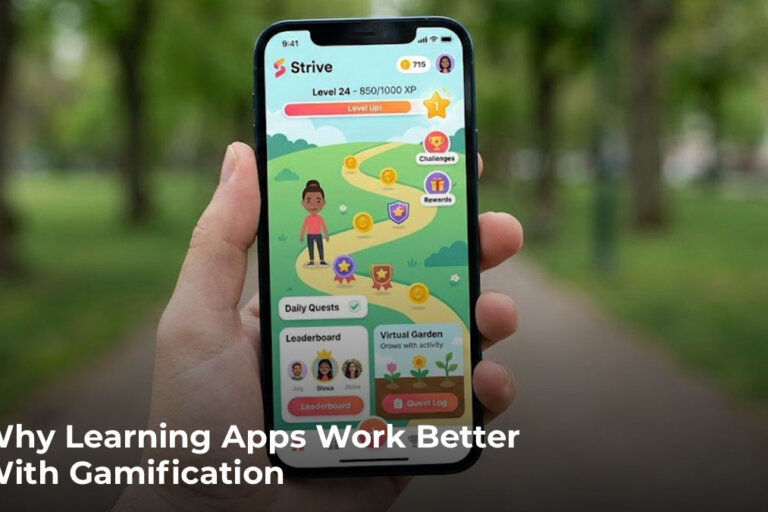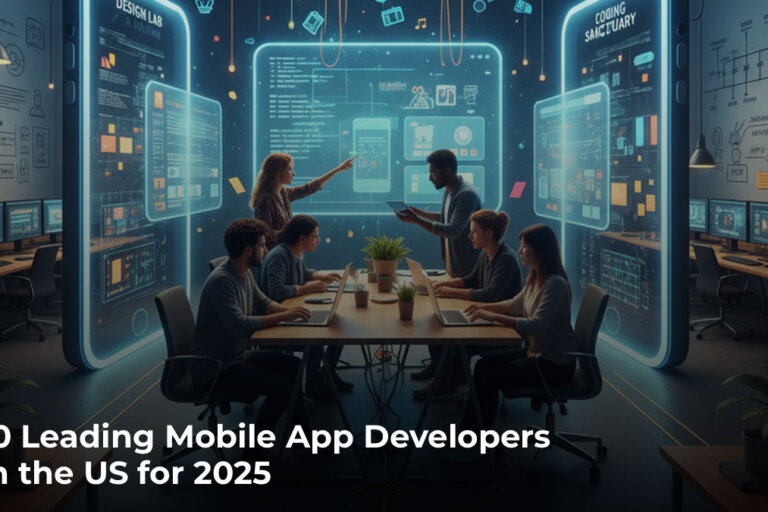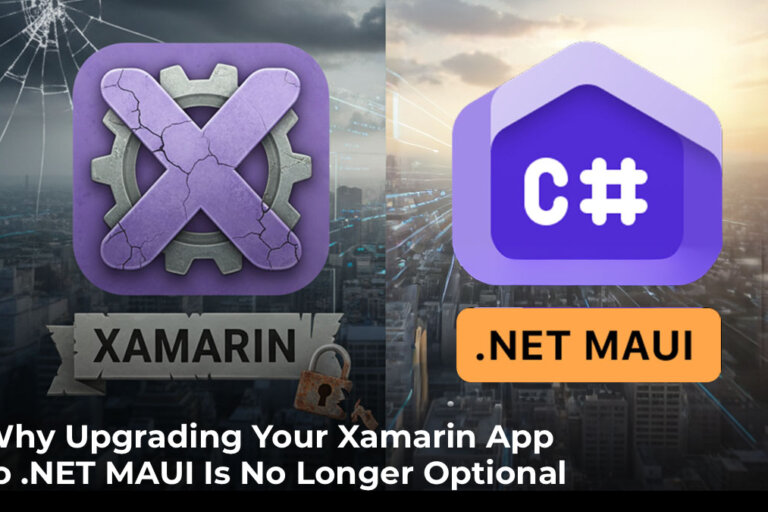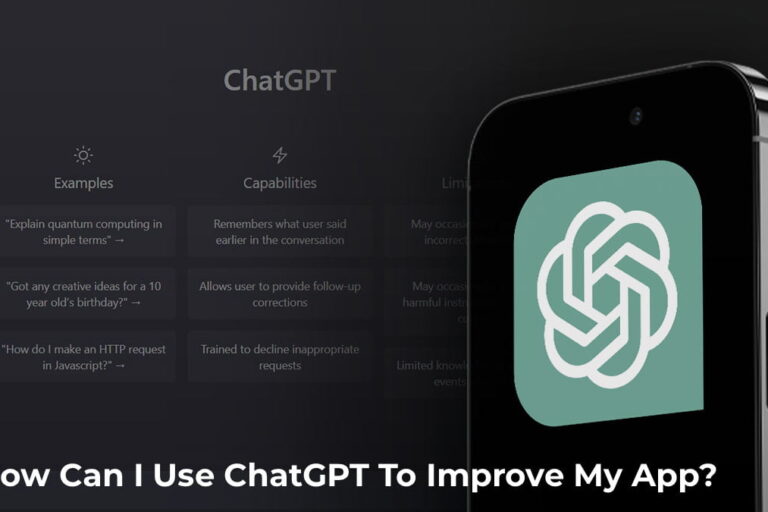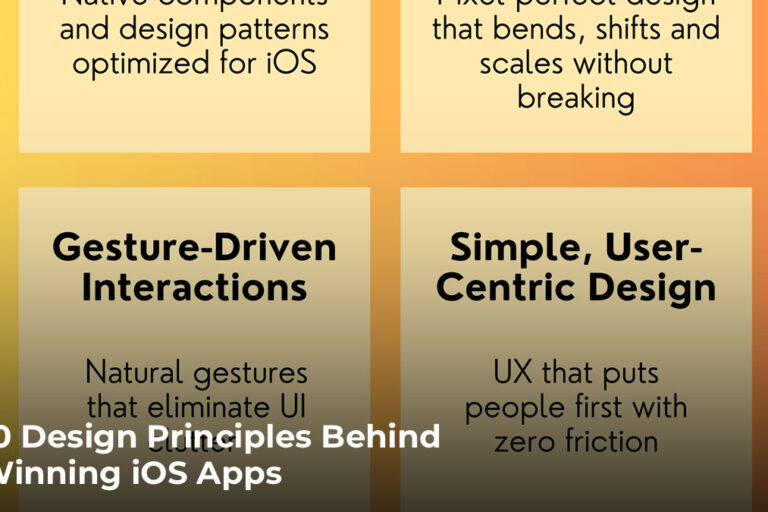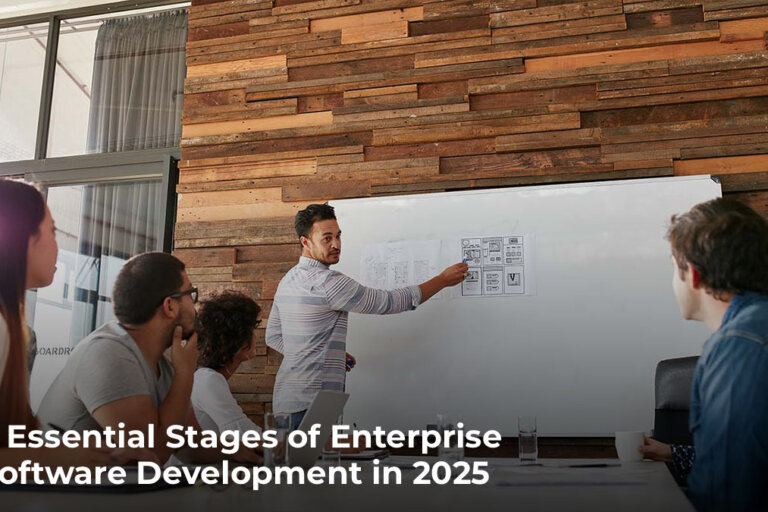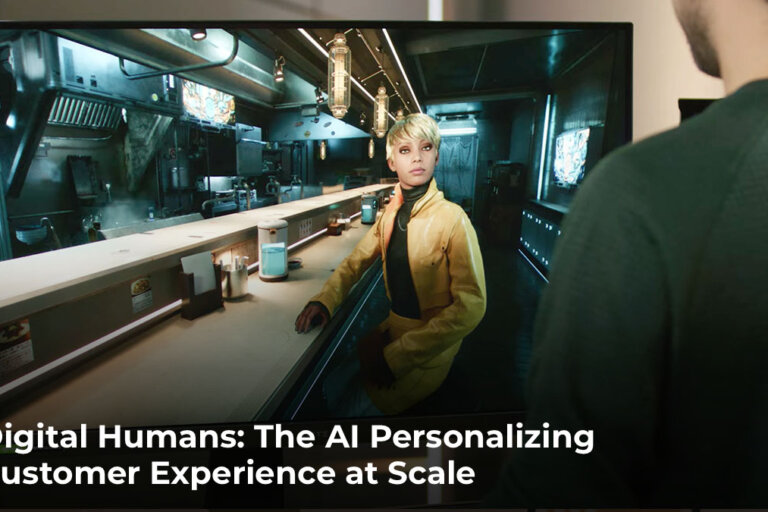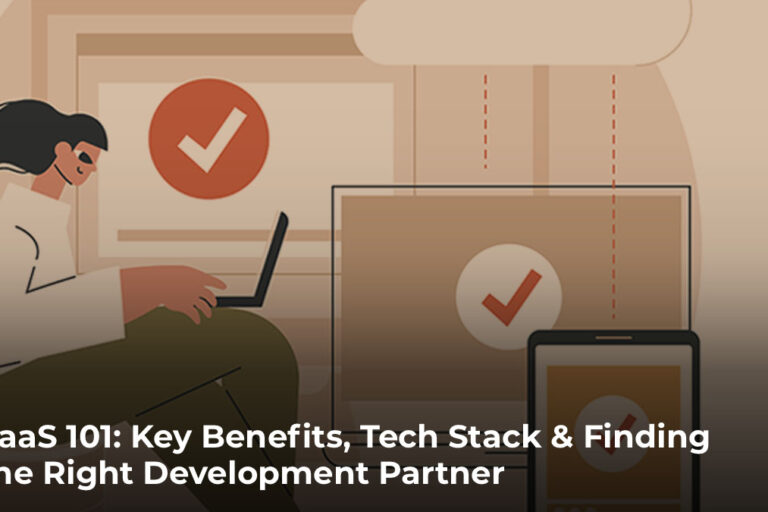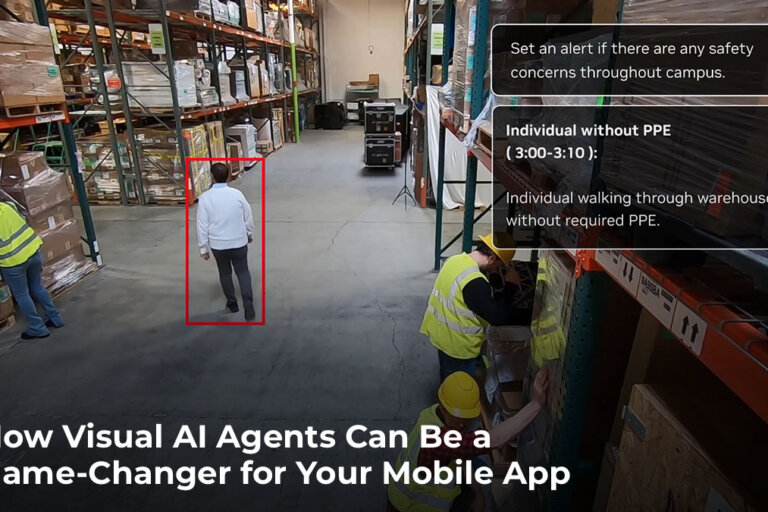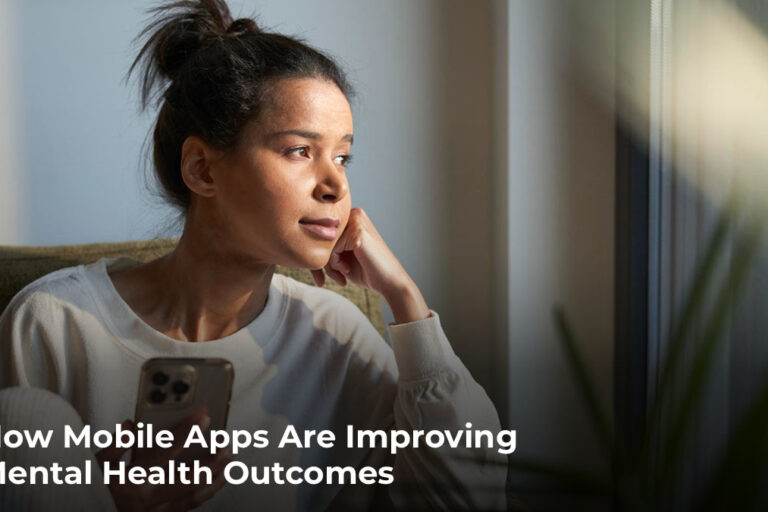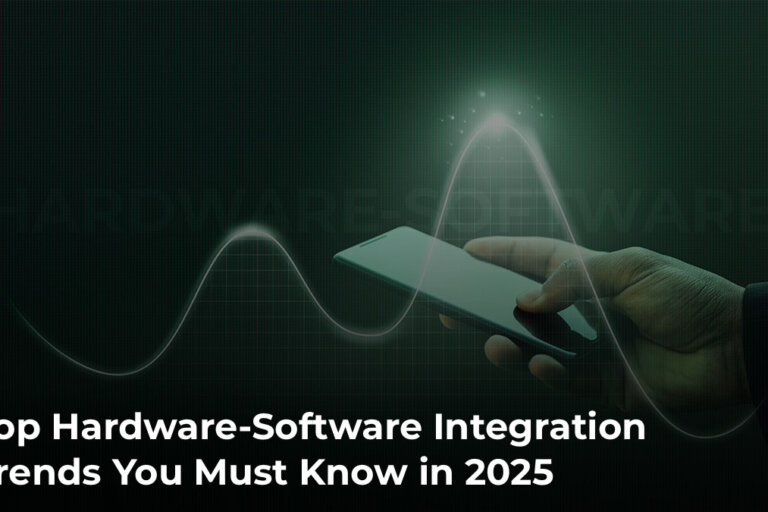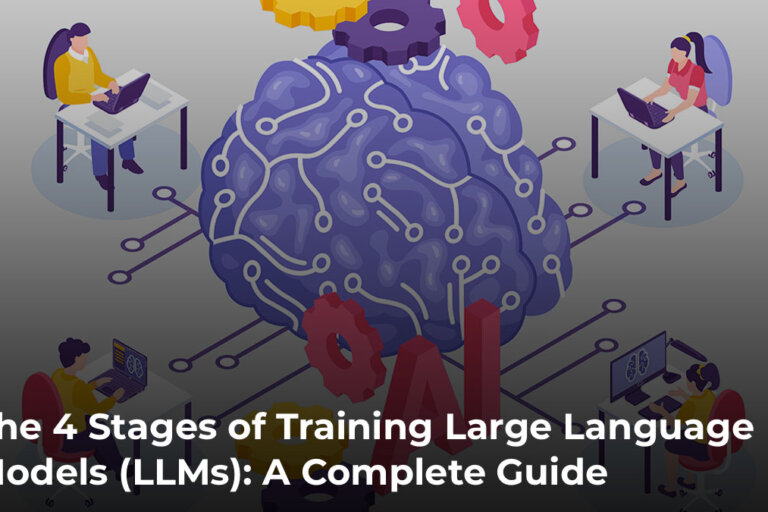What Is an MVP in App Development and Why Is It Important for Entrepreneurs?
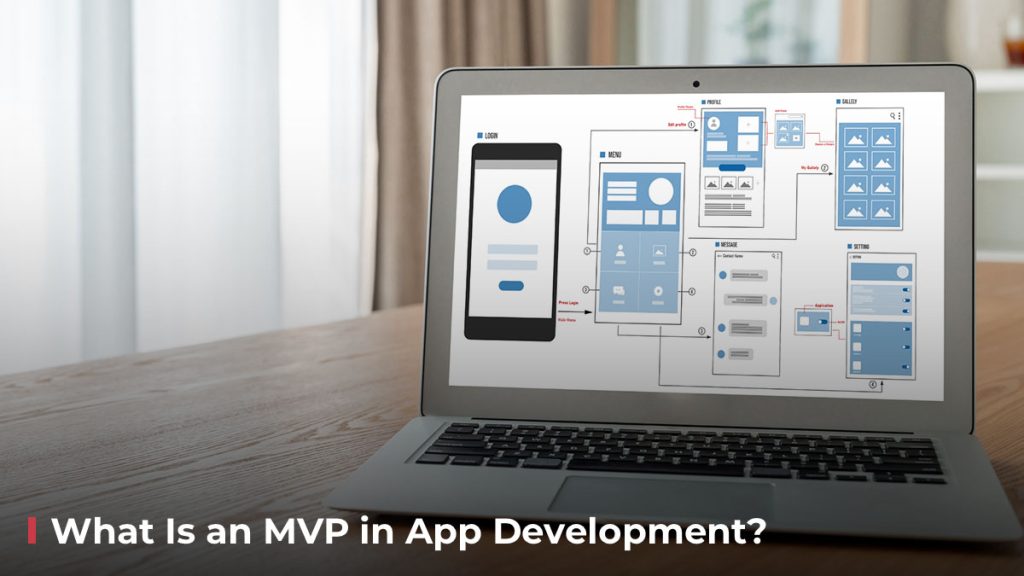
Driven by our need for online tools, app development helps ordinary people do extraordinary things with their smartphones. For example, healthcare apps help people stay healthy using interactive health records and virtual connections with healthcare providers. Apps help us pay our bills and manage our finances while keeping us entertained. Apps changed our lives by helping us use our smartphones as multi-purpose tools.
However, when developing a custom mobile app, many entrepreneurs make the mistake of trying to build a full-featured product from the get-go. However, this approach can be risky and costly in the long run. Instead, consider starting with a Minimum Viable Product (MVP) that includes only the core features necessary for the app’s functionality.
By doing so, entrepreneurs can test their product in the market, gather feedback from early adopters, and make necessary changes before investing more time and resources into development. In this blog post, we’ll explore the benefits of MVPs in app development and how they can help entrepreneurs save time and money while launching a successful mobile app.
Three Main Characteristics Of An MVP
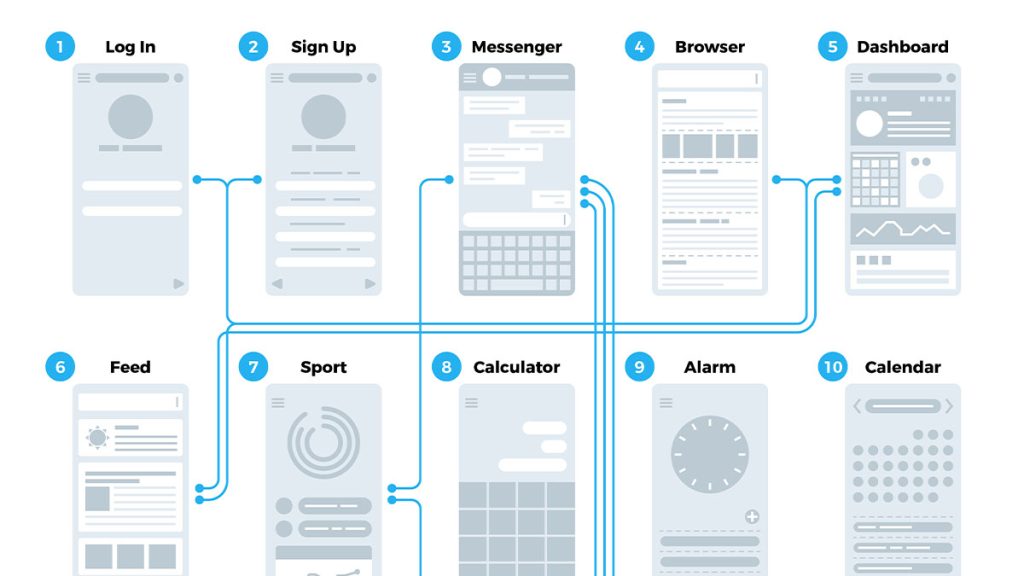
From the Wizard of Oz to the Concierge MVP and everything in between, all MVPs have the same three characteristics:
Must have enough initial interest to support the development of an MVP. DropBox generated so much interest with an initial product introduction video that it had customers before an actual product existed. This was years before cloud computing and online storage were mainstream.
The MVP must generate enough interest to keep it viable. Keeping user interest for over a second is the goal, and longer if possible. The barebones product must be good enough that people can’t wait to see the next version.
Finally, MVPs are learning environments where customers and producers learn about each other. As such, feedback loops are vital to moving a product out of one version into the next. The feedback loop is market research, so it should be given enough resources that it gets results.
Incidentally, a Wizard of Oz MVP assumes there are features underneath the surface ready to use. A concierge MVP has a backend run by people. Whatever version you choose, an MVP is a learning environment where a business can test and try things out. This includes items that aren’t apps, like implementing new policies to smaller groups to find out how they react to the new policies. Implementing any type of new system works better after it’s been tested at a trim level because the bugs have started working their way out of the system.
What Is MVP In App Development?
Specifically applied to developing a successful app, the MVP is the earliest version of an app that can be released to the public and still technically be an app. An app MVP starts the mutual learning process where developers learn how people interact with the app. At the same time, users start getting used to the app and the minimal features.
App development isn’t just something an entrepreneur does to build a business. Developers must approach app development like a programmer approaches coding. For example, a writing tool’s MVP gives users a free spell checker. People who get used to using the spell checker prove the app’s viability, and it becomes natural. App developers use data gathered with the MVP to roll out more features and charge a premium price to use them.
How much will my app cost?
Simply fill out a short questionnaire and we’ll be in touch to provide a time and cost estimate for your app!
Minimum Loveable and Minimum Marketable
An MVP can be both a marketing tool and a research data generator for improving the app’s next version. Known as the minimum marketable product, the MMP has built-in marketing that helps the model gain popularity. An MMP is like a basic model car used for test drives. The car drives but doesn’t do anything else you know a car can do.
Conversely, a minimum loveable product gives users value by offering something they won’t mind paying for later. Users must break through the barrier where people tolerate features but use them because they’re free, then drop them once they cost money. The MLP business model wants users that “can’t live without” the product and can’t wait for the next version. Apple has done this for years, unveiling the new iPhone models people wanted because of new and better features.
Advantages and Disadvantages of Using An MVP
One of the best parts of MVP development is its utility as a business startup planner. The logic behind using an MVP applies to business thinking on a small scale that can lead to larger-scale thinking. Think small to think big later. Conversely, an MVP can apply to designing and implementing any system, like a content management system. Some project management workflows utilize MVPs that can be easily scaled.
Advantages:
Sometimes, a startup tries to do too much by adding product features during the initial rollout. Starting with simple MVP avoids feature creep because there isn’t any room for anything else. The features can be planned for later, but not so that they interfere with the first MVP.
Even without the MMP focus, MVPs put marketing front and center and promote an environment that creates increased user value. Marketing stays focused on promoting the MVP’s first version while gathering marketing information about future versions.
From a startup perspective, MVPs get a barebones business up and running quickly at a minimal cost. Customers don’t need to visualize what a product is before using it. This assumes the startup already has a target audience for its MVP. Sometimes getting the startup going quickly is critical to staying competitive in a market that changes rapidly.
Disavantages:
The biggest disadvantage is the lack of flexibility once the MVP starts rolling out. Ideally, a startup already has momentum as the MVP gains popularity. A lack of flexibility isn’t bad if the startup uses the initial interest as a starting point for collecting data. The next version fixes any flexibility issues in the first version.
Another disadvantage is the tech stack behind the MVP might not sufficiently support future scalability. This flaw can be fatal, but it doesn’t need to be. Often a tech startup has a vision for the future that is unrealistic in its current form. The first MVP might not have enough of that vision to carry it through to the next version. The startup avoids this by building scalability into the MVP so that using new features doesn’t outpace what people want.
Taking an idea from vision to reality makes your vision public so that other startups can do the same thing. Once the MVP rolls out, others see what you’re doing and can improve it. Customers will go elsewhere if the startup doesn’t stay on top of developing user interest.
Intellectual property theft is a big issue in the tech industry. Things evolve quickly, with innovation pushing the envelope of what’s possible. Without a plan for dealing with other intelligent people taking your idea, the MVP won’t survive. The startup should prioritize getting the idea out to the public. For example, press releases can control the narrative behind an idea. When another startup copies your idea, they are playing catch-up. The key to success is good PR and marketing from the start.
MVP Case Study: Digital Gaming Industry
The video gaming industry evolved alongside the tech industry. Businesses that started developing video games realized they needed to keep people interested in playing video games. So, the video gaming industry needs cutting-edge tech to motivate people to play. The latest tech advances use machine learning, AI, and augmented reality to keep people interested.
A generation ago, tech companies started using MVPs to roll out new features as parts of games that were free. The early smartphones had free games installed by default so that people could get used to using the phone. Many of today’s most loved brands started with free versions developed to collect user data. Creators of video games like Sims and Farmville understood user participation was the key to keeping customers. Video game creators gradually released new gameplay features as the tech behind them improved. The business primed its customers to expect innovation and features on a specific day.

In 2014, Sony released a short promotional video for a new Playstation game it was developing. The released video wasn’t your standard game preview. Based on the horror film genre, it was an interactive product teaser for a game called Playable Teaser, or PT for short. Sony put lots of money and time into the release leading to a viral response. PT was actually a small version of the future video game. Sony wanted to see if there would be interest in playing a horror game that really scared people. The PT was innovative and is now useful for testing user participation.
MVP Case Study: Online Shopping
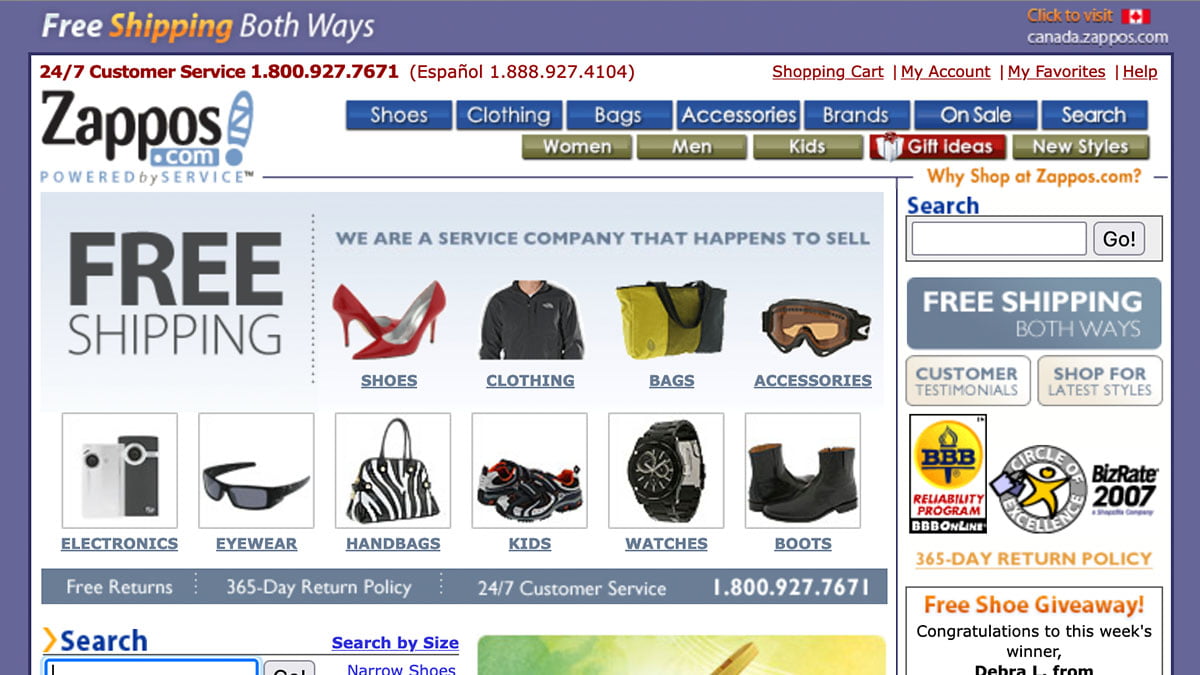
We all take for granted buying a pair of shoes or other clothing online. However, people didn’t buy things online twenty-five years ago because “online” wasn’t typical. The founder of Zappos had the idea that people would see a pair of shoes online and buy them without trying them on. In 1997 this was called mail order ad delivery, not online shopping. Zappos went to stores, took photos, and posted them on the site. When someone chose a product, Zappos would physically buy the shoes and then ship them mail-order style.
E-commerce took off because innovators like Zappos figured out people would one-day shop online. The tech was still clunky and not streamlined for e-commerce-supported logistics. However, Zappos knew that one-day technology would replace the physical need to buy the products. Most buying and shipping are now automated.
MVP Case Study: Food Ordering and Delivery
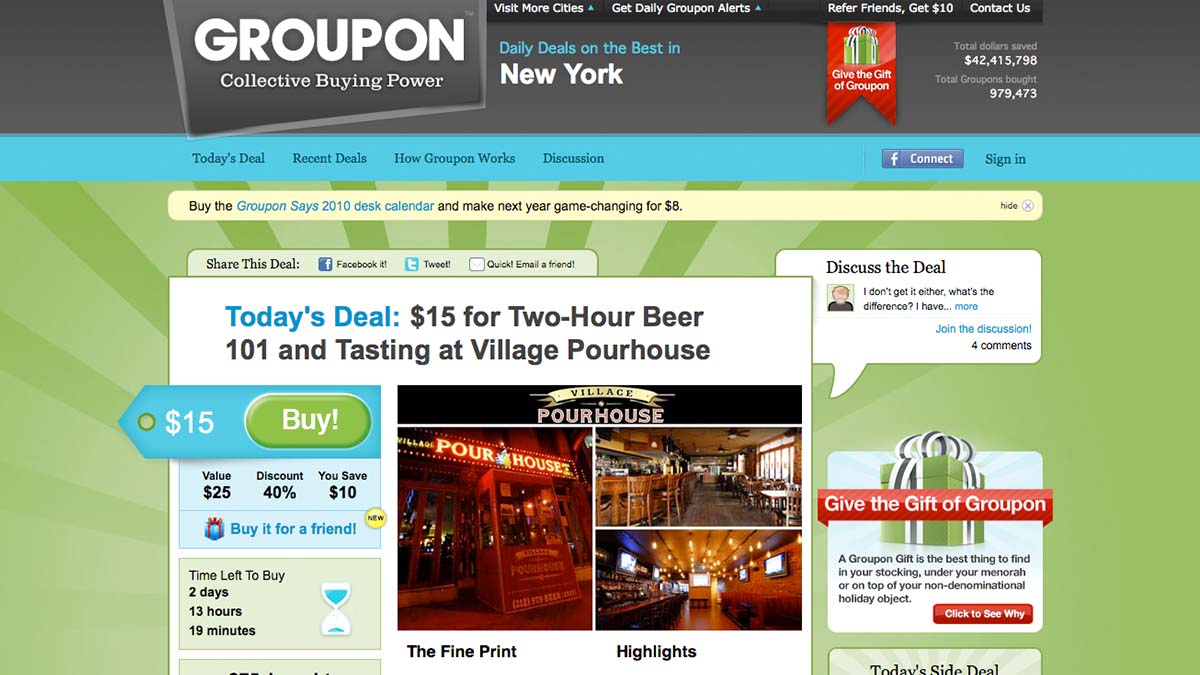
It literally took a global pandemic to show home consumers that delivering hot, ready-to-eat food would be viable. Fortunately, the top meal kit delivery companies had already started various MVPs and knew how their customers bought online food. The most common meal kit delivery MVP is the limited service area where specific menu items are only available in one particular area. The meal kit company can then scale up when needed.
Groupon is one of the fastest-growing companies ever, partly because it started as an MVP. They gave out two-for-one coupons for the pizza restaurant inside their office building. The first ad for this coupon was a simple announcement posted on a generic WordPress site. Only twenty people used that first Groupon, which was enough to show the company had a viable idea.
The Process for Creating an MVP
When it comes to developing an MVP app, there are several steps that need to be taken in order to ensure success. First and foremost, it is crucial to identify the core features of the app that will provide the most value to users. Once these features have been identified, a prototype can be created to test the concept and gather feedback from potential users.
Once the prototype has been refined based on user feedback, it is time to start building the actual app. This involves working with a team of developers to create the codebase, design the user interface, and integrate any necessary third-party services. Throughout this process, it is important to keep the core features in mind and avoid feature creep that could derail the project.
After the app has been built and tested, it is time to launch it to the public. This involves creating a marketing strategy to promote the app and attract new users. It is also important to monitor user feedback and make any necessary updates or improvements based on user needs and preferences.
Overall, developing an MVP app requires careful planning, execution, and ongoing refinement. By focusing on the core features and gathering user feedback, it is possible to create a successful app that provides real value to users.
Start Planning Your MVP
When developing a custom mobile app, it’s important to consider creating a Minimum Viable Product (MVP). An MVP is a scaled-down version of the app that includes only the core features necessary for its functionality. This approach allows entrepreneurs to test their product in the market without having to invest a significant amount of time and resources into building a full-blown app. By releasing an MVP, entrepreneurs can gather feedback from early adopters and make necessary changes before investing more into development. This can save entrepreneurs time and money in the long run, as they can avoid building features that may not be needed or wanted by users. Overall, considering an MVP can be a smart strategy for any entrepreneur looking to launch a mobile app.

